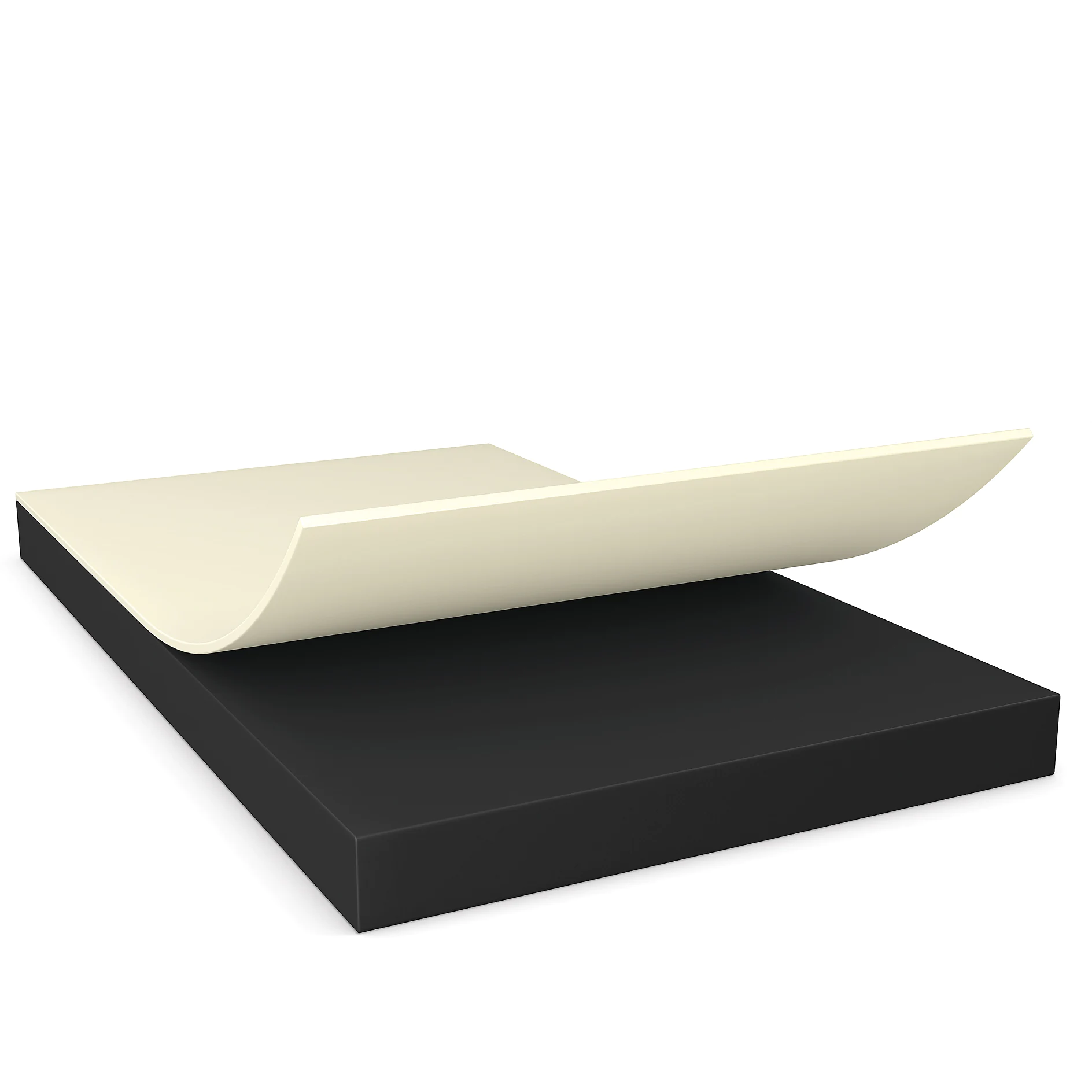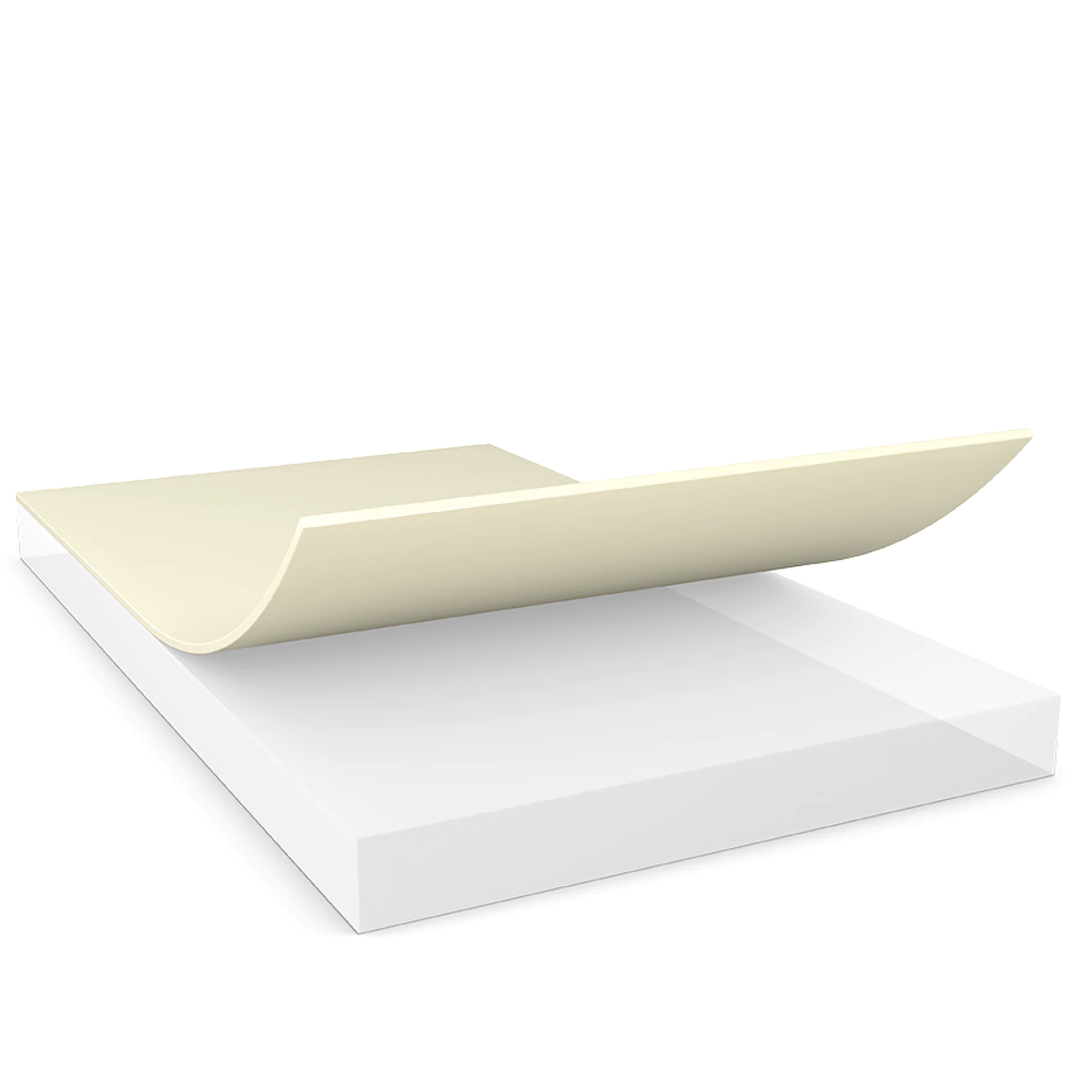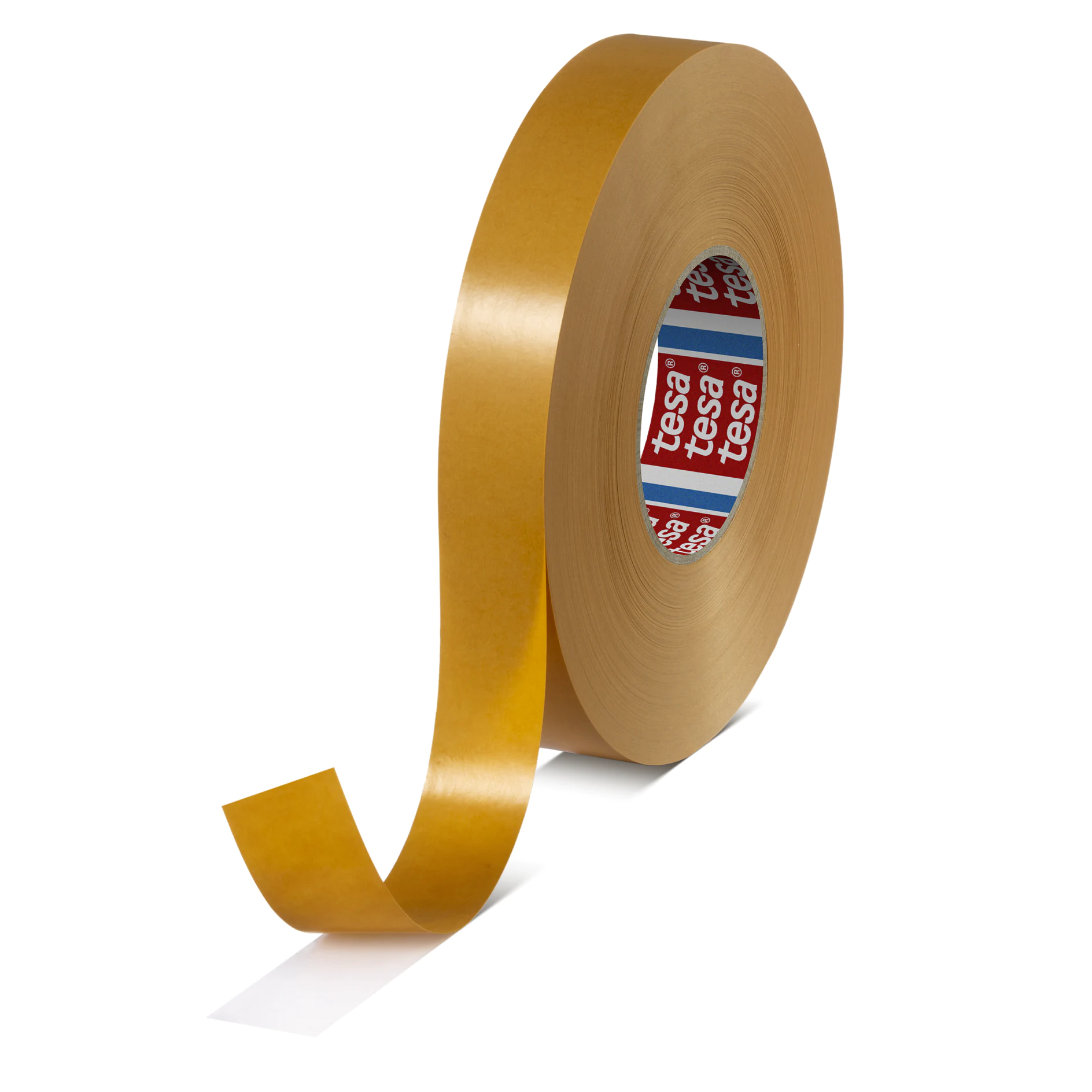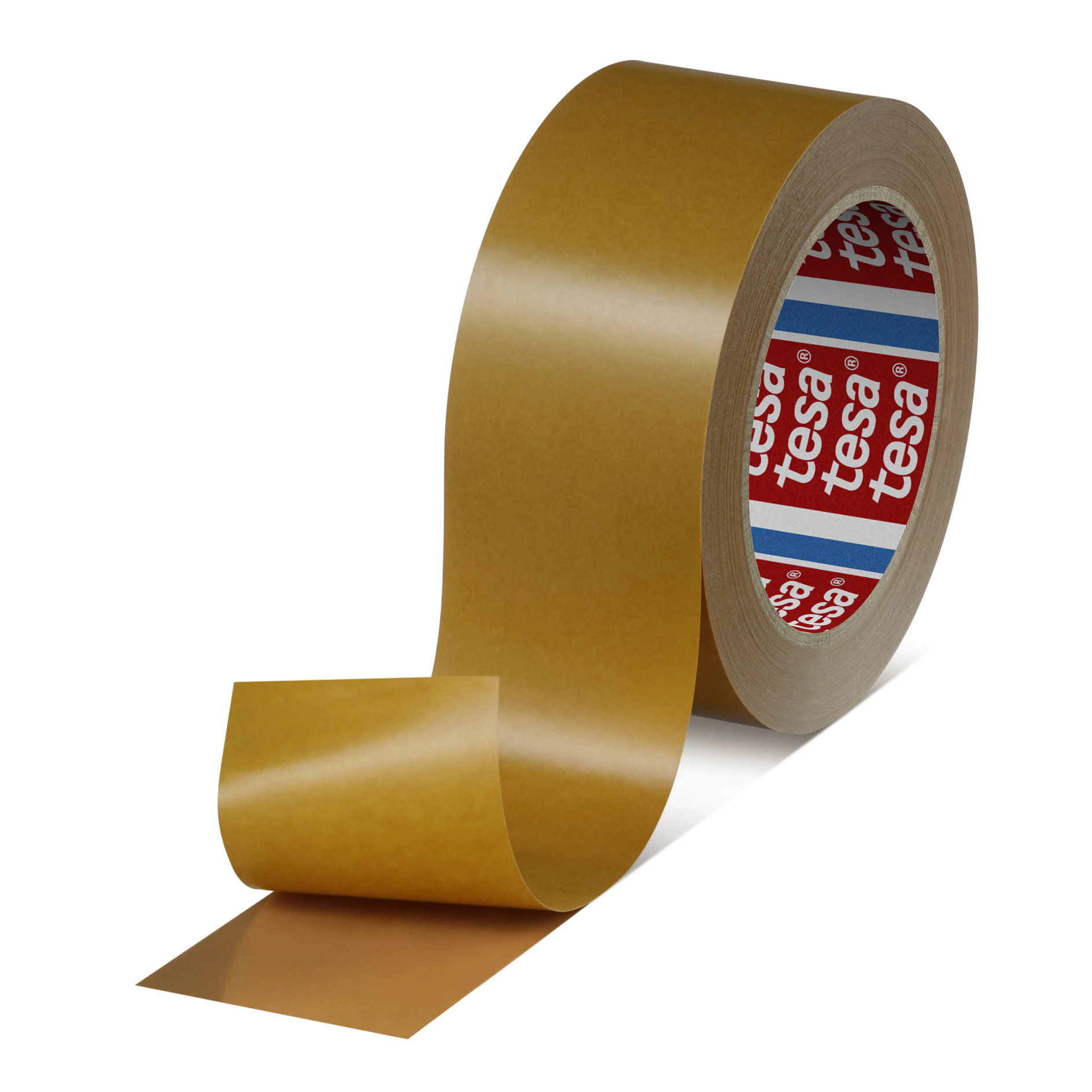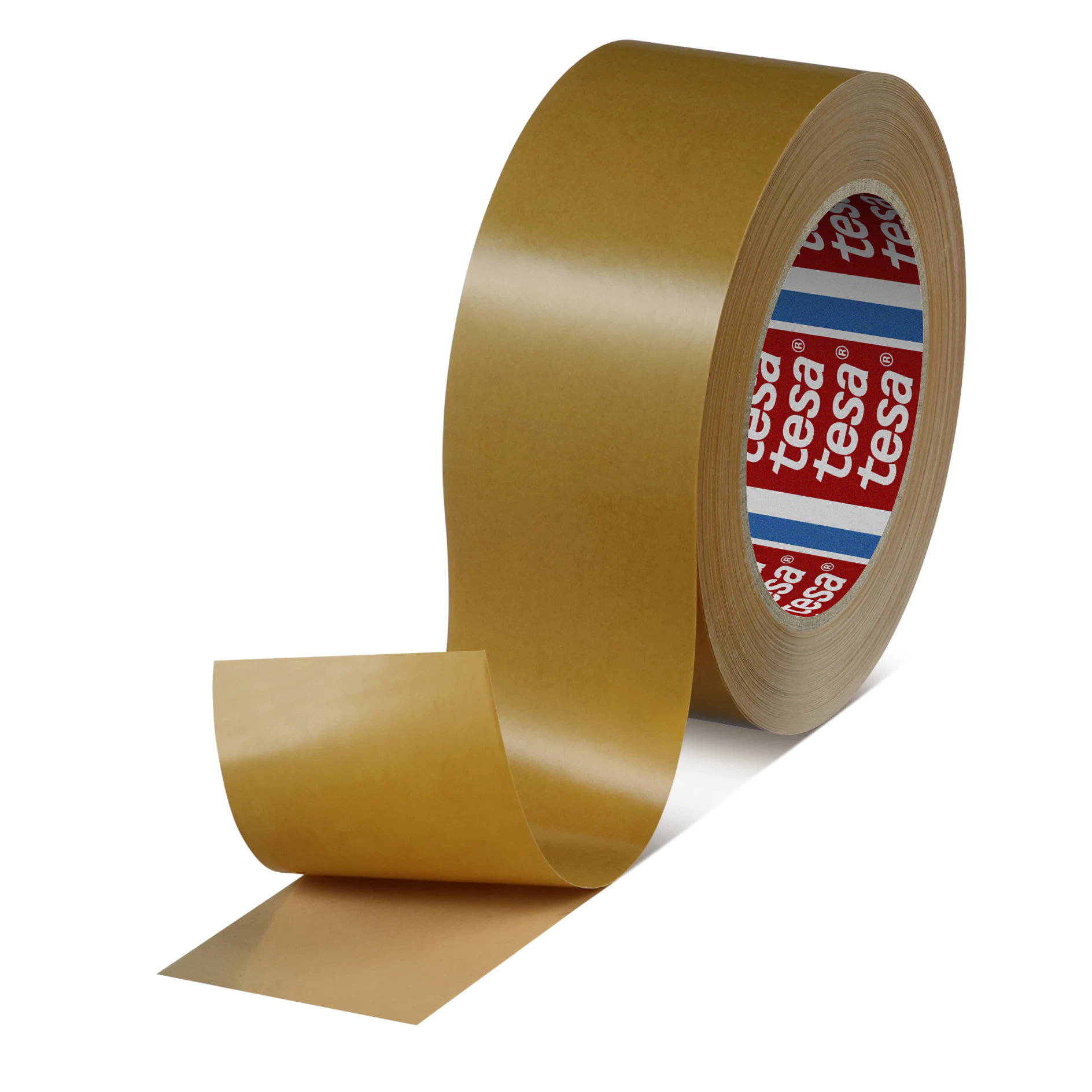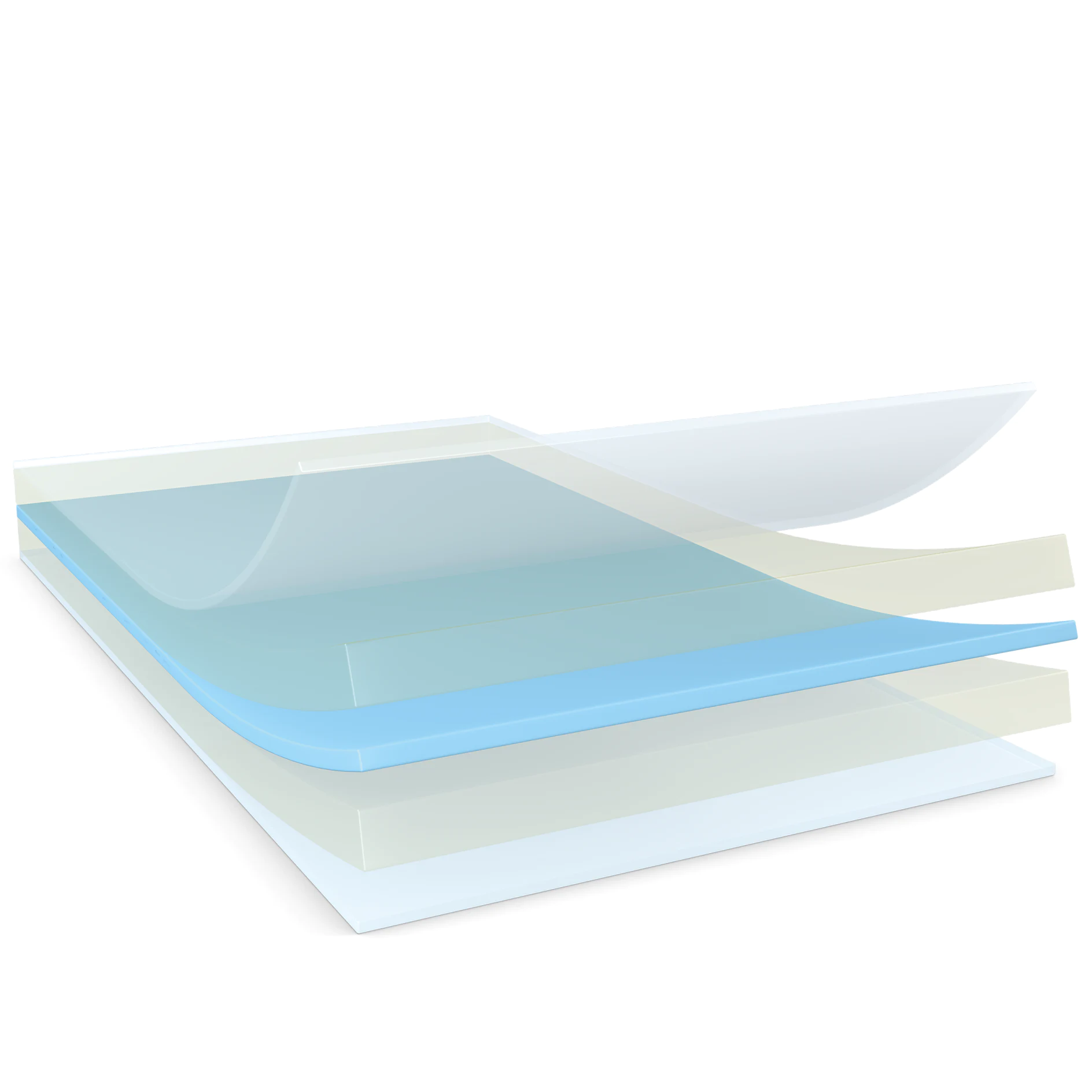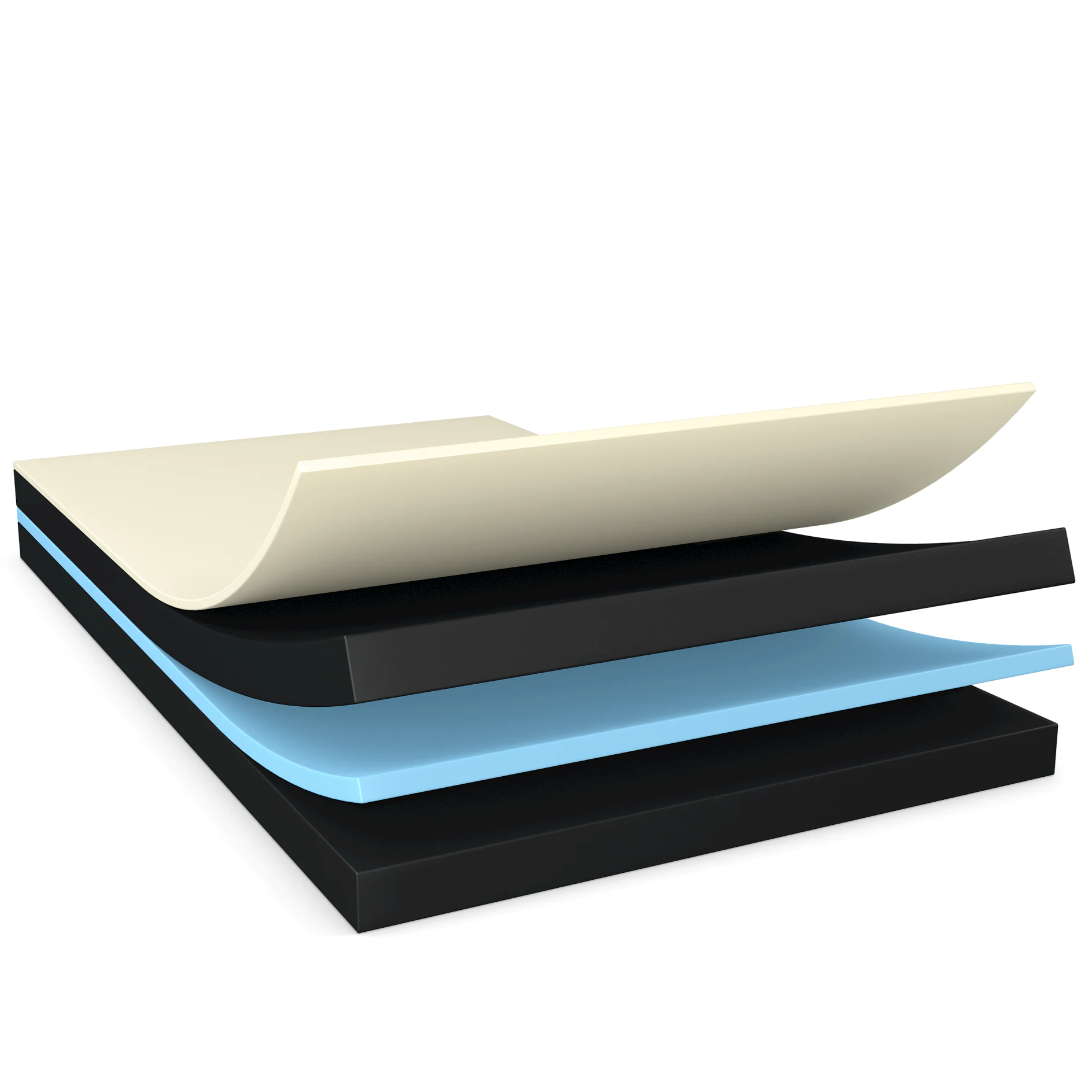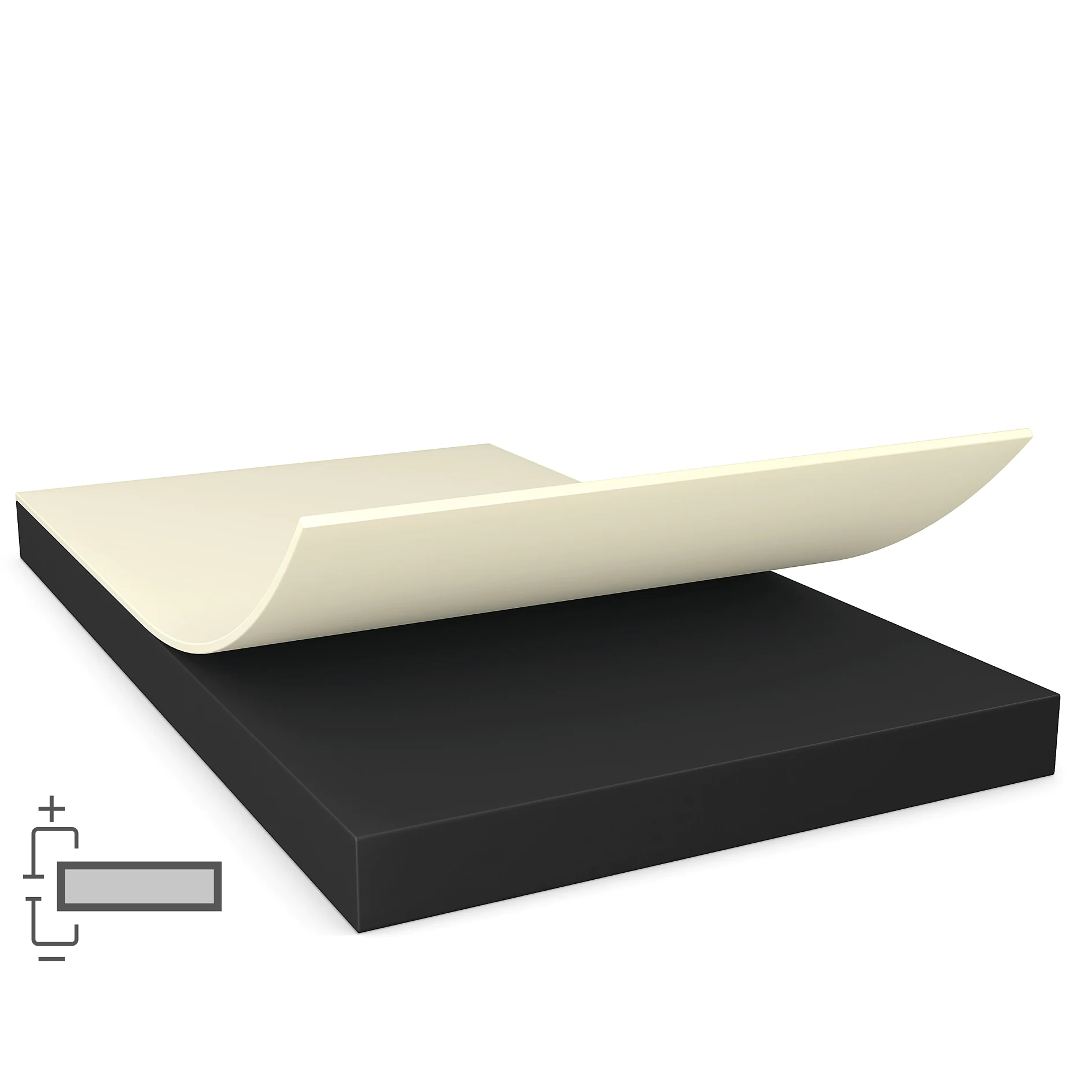Additional Info
Technical recommendations:
tesa® XPU 58701 is not self-adhesive. It is activated by heat and pressure over a certain interval. The following values are recommendations for bond line parameters to start with.
Pre-lamination
During pre-lamination, laminate the adhesive tape onto the first component.
Setting:
Bonding
Remove the liner from tape after the pre-lamination step.
Position the second component. Apply temperature and pressure for the bonding time to reach sufficient bonding strength.
PC/PC:
Setting:
Setting:
Bonding strength values were obtained under standard laboratory conditions.
PC/PC: bonding conditions: temperature = 110 °C (120 °C jig); pressure = 5 bar; time = 60 sec
Storage: tesa® recommends storage in original packaging in cool and dry conditions.
‘Pre-lamination’ and ‘Bonding’ temperature refer to the data that is measured in the bond line.
‘Pre-lamination’ and ‘Bonding’ pressure refer to the force that is transferred from jig surface directly to the bonding area.
tesa® XPU 58701 is not self-adhesive. It is activated by heat and pressure over a certain interval. The following values are recommendations for bond line parameters to start with.
Pre-lamination
During pre-lamination, laminate the adhesive tape onto the first component.
Setting:
- Temperature¹ 55-65 °C
- Pressure² 3 bar
- Time 5 – 20 s
Bonding
Remove the liner from tape after the pre-lamination step.
Position the second component. Apply temperature and pressure for the bonding time to reach sufficient bonding strength.
PC/PC:
Setting:
- Temperature¹ 80 – 140 °C
- Pressure² 5 bar
- Time 10 – 120 s
Setting:
- Temperature¹ 110 – 190 °C
- Pressure² 5 bar
- Time 20 – 120 s
Bonding strength values were obtained under standard laboratory conditions.
PC/PC: bonding conditions: temperature = 110 °C (120 °C jig); pressure = 5 bar; time = 60 sec
Storage: tesa® recommends storage in original packaging in cool and dry conditions.
‘Pre-lamination’ and ‘Bonding’ temperature refer to the data that is measured in the bond line.
‘Pre-lamination’ and ‘Bonding’ pressure refer to the force that is transferred from jig surface directly to the bonding area.

